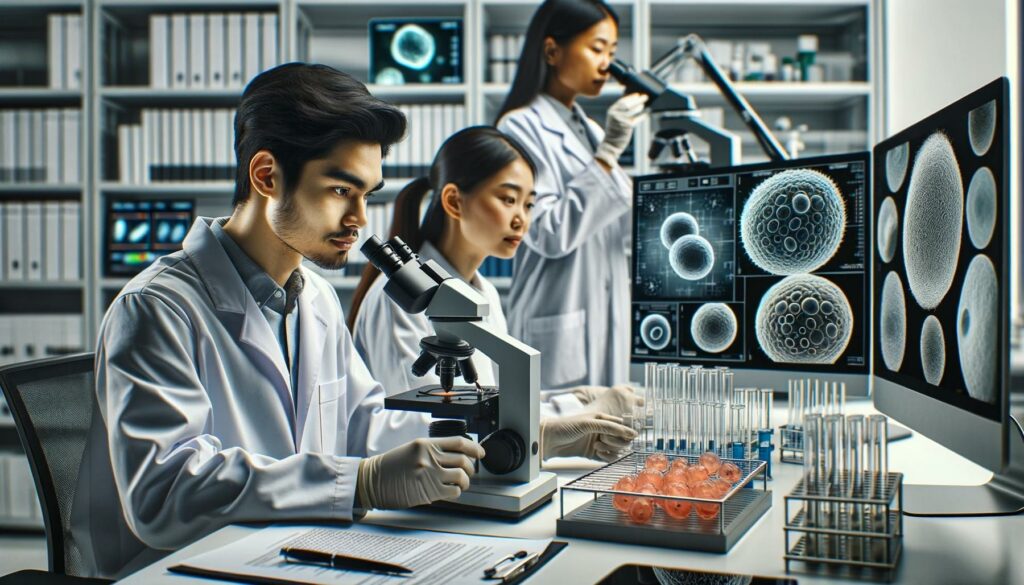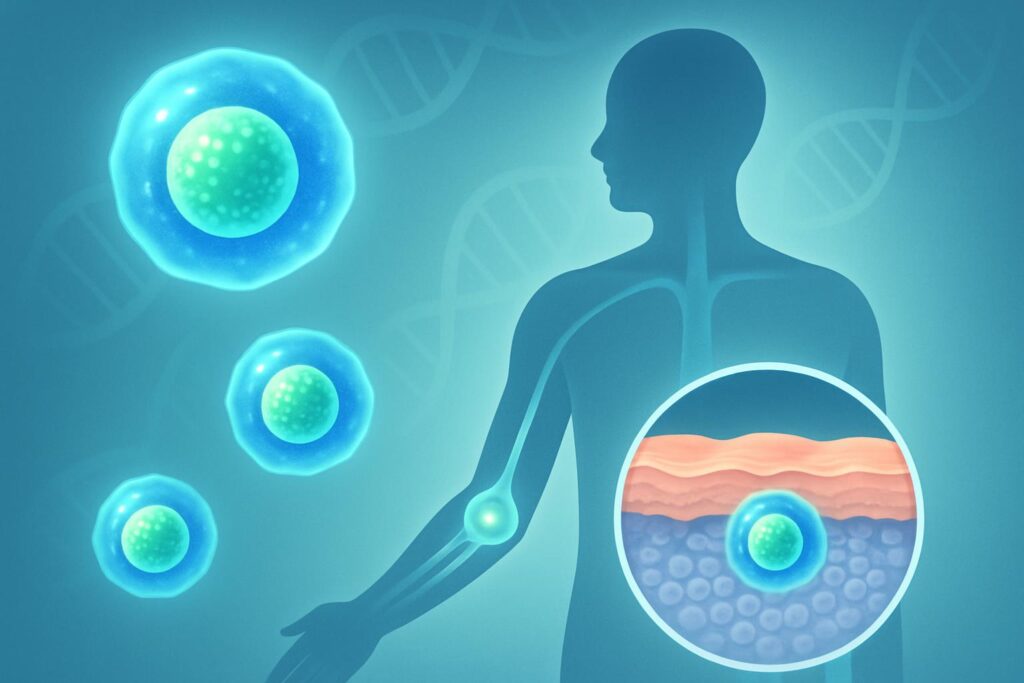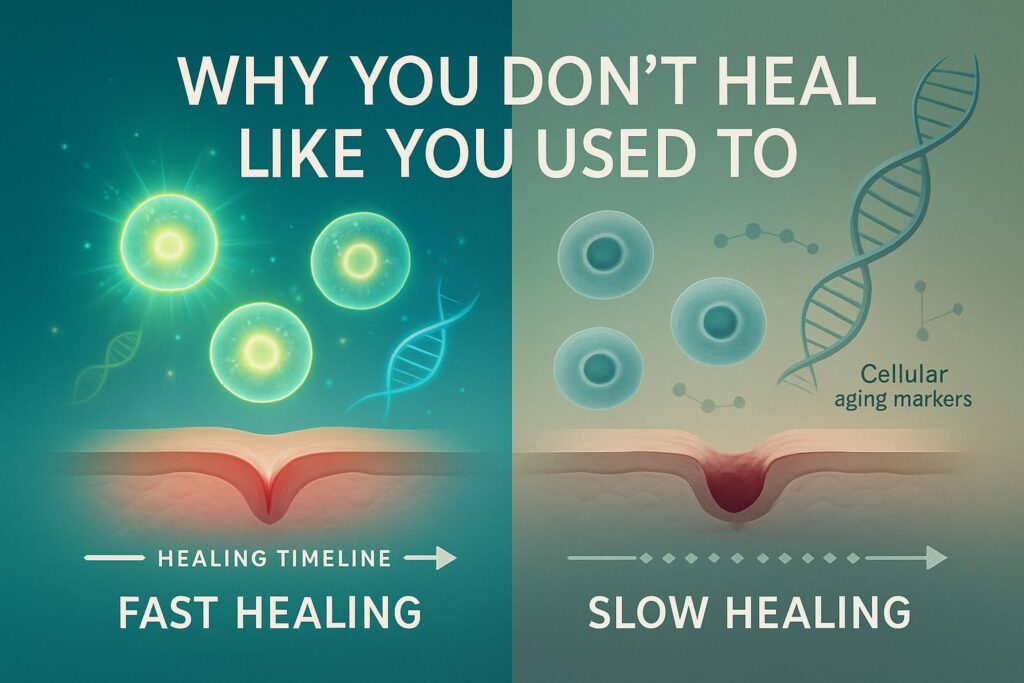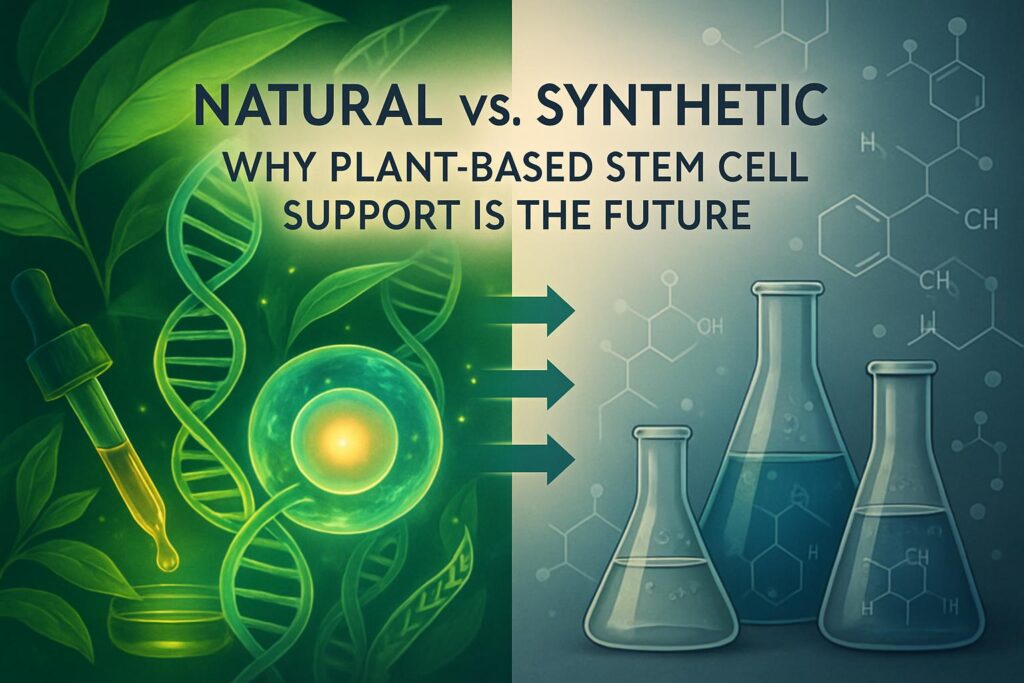In the fascinating world of stem cell research, two primary players often take center stage: embryonic stem cells and adult stem cells. These tiny yet mighty cells hold the key to groundbreaking advancements in regenerative medicine, offering hope for treating a myriad of diseases and injuries. But what exactly sets these two types of stem cells apart? In this article, we’ll dive deep into the world of stem cells, unraveling the mysteries and marvels of both embryonic and adult stem cells.
Understanding Stem Cells: The Basics
At their core, stem cells are the body’s raw materials. Like a blank canvas, they have the unique ability to develop into various specific cell types in the body. Think of them as the master cells, capable of transforming into different cell types to repair and replenish tissues. However, not all stem cells are created equal. The two main categories, embryonic stem cells and adult stem cells, differ significantly in their capabilities and sources.
The Significance of Different Stem Cell Types
Why bother distinguishing between embryonic and adult stem cells? Well, each type of cell comes with its own set of properties, potentials, and pitfalls. Understanding these differences is crucial for scientists and medical professionals as they explore new ways to use stem cells in treating diseases, understanding human development, and testing new drugs. It’s like knowing the difference between watercolor and oil paints; both are valuable in the art world, but they have distinct properties and uses.
Embryonic vs. Adult Stem Cells: A Preview
Embryonic stem cells are like the all-rounders in a sports team, possessing the ability to become any type of cell in the body. They are pluripotent stem cells, meaning they can turn into anything from nerve cells to muscle cells. On the other hand, adult stem cells are more like specialized players, typically limited to differentiating into specific cell types related to their tissue of origin.
In the following sections, we’ll explore the origins, characteristics, and applications of both embryonic and adult stem cells. We’ll also delve into the ethical debates surrounding stem cell research and look at the future of these incredible cells in regenerative medicine. So, let’s embark on this journey to understand the remarkable world of stem cells and how they’re shaping the future of medicine.
What are Embryonic Stem Cells?
Embryonic stem cells are the superheroes of the cell world, with remarkable abilities that set them apart. They are derived from the inner cell mass of early embryos and have the power to develop into any cell type in the body. This section will explore the origin, characteristics, and the ethical landscape surrounding these potent cells.
Origin and Characteristics of Embryonic Stem Cells
The Source of Embryonic Stem Cells
Embryonic stem cells are obtained from the inner cell mass of blastocysts, which are early-stage embryos about 4-5 days post fertilization. These cells are essentially the building blocks of life, holding the potential to create an entire organism.
Pluripotency: The Superpower of Embryonic Stem Cells
The most striking feature of embryonic stem cells is their pluripotency. This means they can differentiate into any of the over 200 cell types in the body. Imagine a single seed that can grow into any kind of plant, from a sunflower to an oak tree – that’s the kind of potential these cells hold.
Methods of Obtaining Embryonic Stem Cells
Embryonic stem cells are typically harvested from excess embryos created during in vitro fertilization (IVF) procedures, with consent from donors. These cells are then cultured in labs to create stem cell lines that can be studied and used in research.
Ethical and Legal Considerations
The use of human embryonic stem cells in research and therapy is a hotbed of ethical debate. The primary concern revolves around the moral status of the embryo. Different societies and governments have varying regulations and guidelines, reflecting the diverse views on this issue.
What are Adult Stem Cells?
Moving on from the embryonic stage, let’s talk about adult stem cells. These cells are the unsung heroes in the world of regenerative medicine, offering a more specialized approach to healing and repair.
Origin and Characteristics of Adult Stem Cells
Found in Mature Tissues
Unlike their embryonic counterparts, adult stem cells are found in developed tissues like the bone marrow, brain, and skin. They play a crucial role in maintaining and repairing the tissue in which they are located.
Multipotency: The Specialization of Adult Stem Cells
Adult stem cells are typically multipotent, meaning they can develop into a limited range of cell types. For instance, hematopoietic stem cells in the bone marrow can become various types of blood cells, but not nerve cells or muscle cells.
Types of Adult Stem Cells
- Hematopoietic Stem Cells: Found in bone marrow, these cells are vital for producing blood cells.
- Mesenchymal Stem Cells: Located in the bone marrow, fat, and other tissues, they can differentiate into bone, cartilage, and fat cells.
- Neural Stem Cells: Found in the brain, these cells are involved in the repair and regeneration of nervous system tissues.
Role in Tissue Repair and Regeneration
Adult stem cells are like the body’s repair crew, jumping into action when damage occurs. They replace cells that are lost due to injury or disease, helping to maintain the normal function of our organs and tissues.
Key Differences Between Adult and Embryonic Stem Cells

Understanding the differences between embryonic and adult stem cells is crucial for appreciating their unique roles in biology and medicine. Here’s a quick comparison:
| Feature | Embryonic Stem Cells | Adult Stem Cells |
|---|---|---|
| Potency | Pluripotent (can become any cell type) | Multipotent (limited to specific cell types) |
| Source | Inner cell mass of embryos | Mature tissues like bone marrow, brain, skin |
| Ethical Considerations | High, due to the use of embryos | Lower, as they are harvested from adult tissues |
| Clinical Applications | Broad potential but limited by ethical concerns | More limited in scope but widely used in treatments like bone marrow transplants |
In the next sections, we’ll delve deeper into the advantages, limitations, and future directions of both embryonic and adult stem cells. Stay tuned as we continue to unravel the complexities and promises of these fascinating cells in the realm of stem cell research and regenerative medicine.
Advantages and Limitations
In the world of stem cells, both embryonic and adult stem cells have their unique strengths and challenges. Understanding these can help us appreciate their potential in regenerative medicine and stem cell research.
Advantages and Limitations of Embryonic Stem Cells
Advantages
- High Pluripotency: Embryonic stem cells can develop into almost any cell type, making them incredibly versatile for research and therapy.
- Unlimited Growth Potential: They can be cultured indefinitely in the lab, providing a continuous source for study.
Limitations
- Ethical Concerns: The use of human embryonic stem cells raises significant ethical issues, as it involves the destruction of embryos.
- Risk of Rejection: Transplanted cells might be rejected by the recipient’s immune system.
Advantages and Limitations of Adult Stem Cells
Advantages
- Lower Rejection Rates: Since they can be harvested from the patient’s own body, there’s a lower risk of immune rejection.
- Ethical Acceptability: Their use is generally considered more ethically acceptable than embryonic stem cells.
Limitations
- Limited Differentiation: Adult stem cells are usually restricted to differentiating into cell types of their tissue of origin.
- Limited Availability: They are often present in small quantities and can be challenging to isolate and grow.
Current and Future Research Directions
The field of stem cell research is rapidly evolving, with exciting developments on the horizon for both embryonic and adult stem cells.
Advances in Embryonic Stem Cell Research
Researchers are exploring ways to use embryonic stem cells to create specific cell types for disease modeling and drug testing. There’s also ongoing research into reducing the risk of immune rejection.
Innovations in Adult Stem Cell Therapy
Adult stem cells are being used in advanced therapies for conditions like leukemia and lymphoma. Scientists are also investigating their potential in treating neurological disorders and heart disease.
Potential for Combining Approaches
An exciting area of research is the development of induced pluripotent stem cells (iPSCs). These are adult cells that have been genetically reprogrammed to an embryonic stem cell-like state. iPSCs combine the ethical acceptability of adult stem cells with the pluripotency of embryonic stem cells.
Ethical and Regulatory Developments
As the field advances, ethical guidelines and regulations are evolving to address new challenges and ensure responsible research practices.
Conclusion
In our journey through the world of stem cells, we’ve seen the remarkable capabilities and differences between embryonic and adult stem cells. Each type holds immense potential in regenerative medicine and research, despite their unique challenges and limitations.
The Future of Stem Cell Research and Therapy
The future looks bright for stem cell therapies, with ongoing advancements promising to revolutionize medical treatments and improve countless lives.
Final Thoughts
As we continue to explore the vast potential of stem cells, it’s crucial to balance scientific progress with ethical considerations. The journey of stem cell research is not just a scientific quest but also a moral and ethical exploration.



